
Wednesday, July 29, 2009
Subscribe to:
Post Comments (Atom)
November 20, 2008
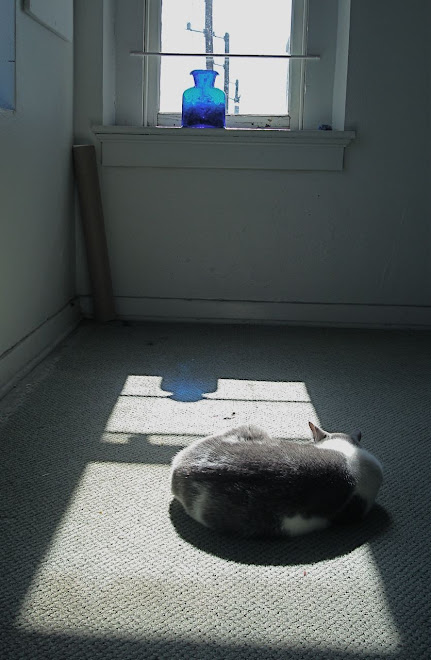
November 20, 2008
How does color set a mood? The soft gray and white of the carpet, the cat Marshall, and the sunlit window contribute to to the sense of calm repose. What does blue mean to you or me? We all have symbolic associations for colors; some based on personal experience and some instilled culturally.
The cobalt blue of the vase provides a point and counterpoint to the composition, in addition to providing elements that balance.
Keeping the cat in the lower third of the composition weights the image and is another visual door into the picture world.
November 19, 2008
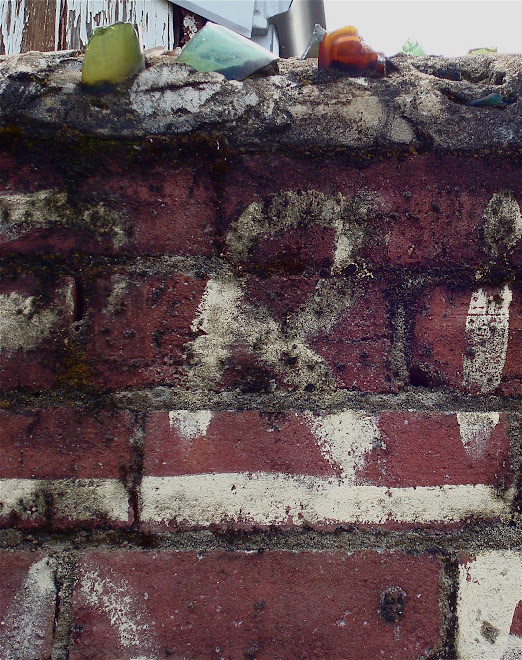
November 19, 2008
This picture tells several stories. It references the human desire to order the world around us - the lettering on the wall establishes the alley as a No Parking zone, and the broken glass- jutting out at the top - is another message of fear and frailty. Whoever lives behind this wall wants to be left alone.
But there is beauty in the contrast of the rough brick surface and the smooth translucency of the broken glass bottles. A contrast of textures makes for an interesting composition. And the abstract nature of the printed letters against the structure of the bricks would be worth emulating in another sort of composition.
November 18, 2008
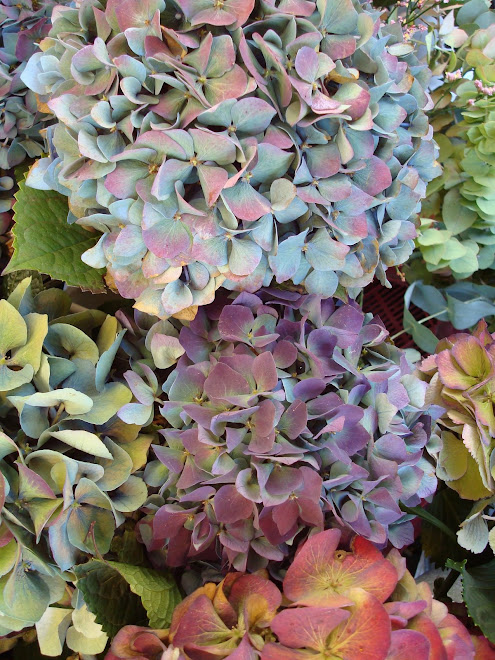
November 18, 2008
The Hydrangeas offer a lesson in the effective use of color. The pale blue and lavender are roughly the same value, so they balance each other beautifully. I am challenged to mimic that combination of analogous colors on silk Habotai!
This photograph would be considered beautiful even without the red-orange and yellow flowers at the bottom. But the addition of the complements to the blue and purple creates a focal point and generates some nice contrast because of the complementary pairing. And imagine how different this composition would be, were the red-orange and yellow at the top instead of at the bottom. The current placement adds important visual weight.
November 17, 2008
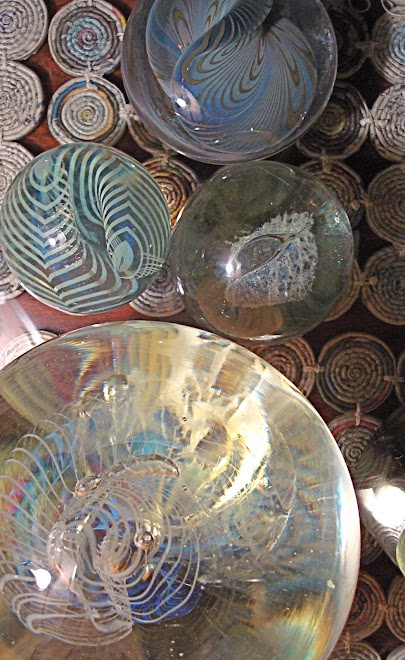
November 16, 2008
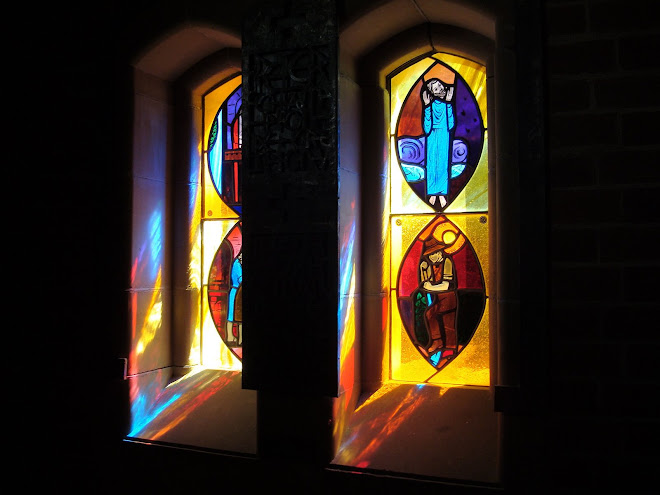
Being and Non-being

Substance and Light
November 16, 2008
We join spokes together in a wheel,
but it is the center hole
that makes the wagon move.
We shape clay into a pot,
but it is the emptiness inside
that holds whatever we want.
We hammer wood for a house,
but it is the space inside
that holds whatever we want.
We work with being,
but non-being is what we use.
Tao te Ching; Verse 11
Stephen Mitchell translation






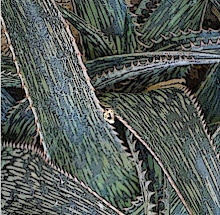
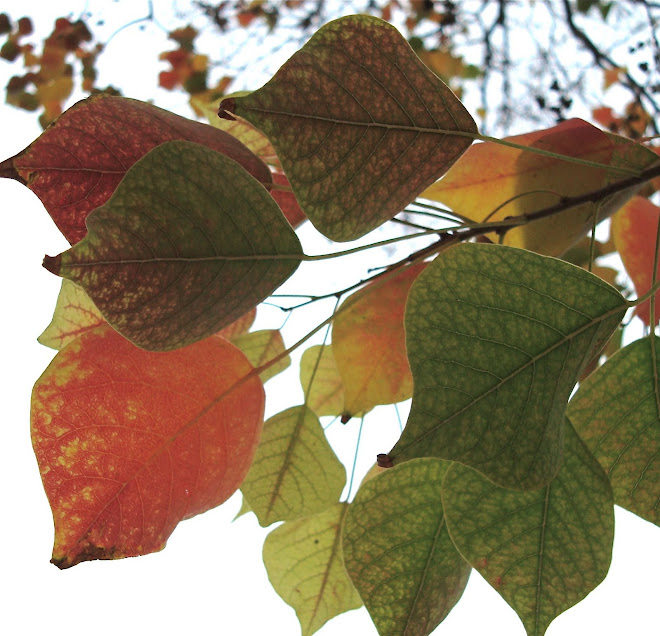
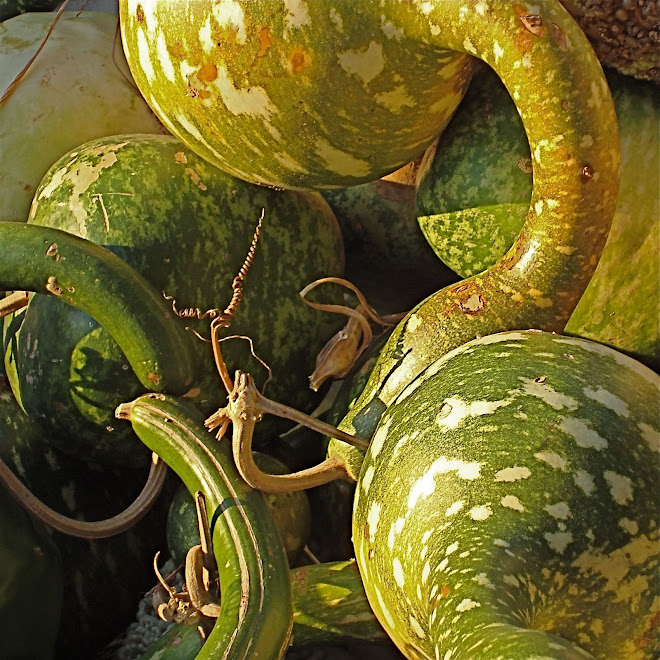
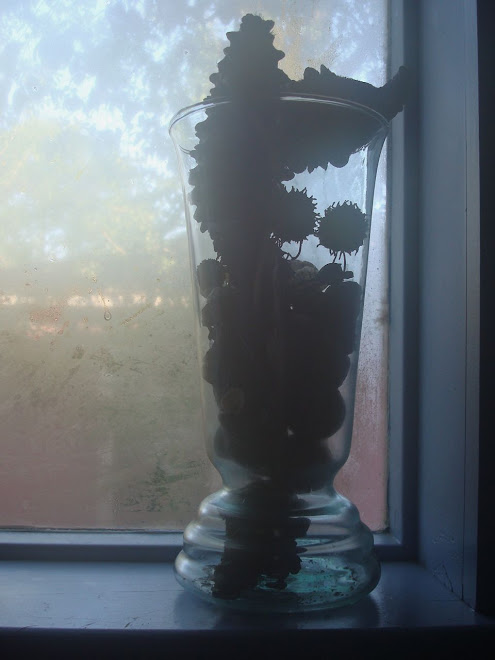
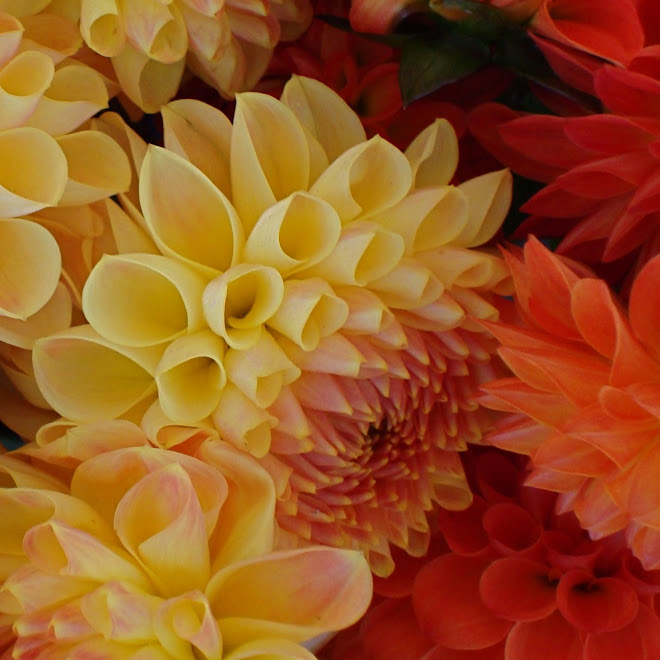
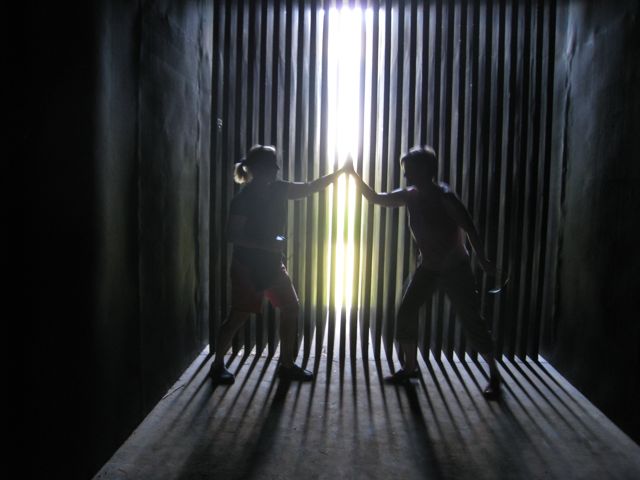
2 comments:
More fun! Landlocked, definitely. It's unexpected to have a boat filled with plants and dirt, delightfully so! The angle of it is very nice with the nose well up, and adds another bit of expectancy to the diagonal placement of the boat. The bit of house peeking through and the fence help to ground the boat in its location. I almost always have my diagonals going left to right, interesting having this one the other way.
Thank you for your note about the new stem, so vibrant and such a strong red!
Land-locked - wow. Isn't it amazing where the mind goes, and what it tells the enlightened onlooker?
I have been completely land-locked by circumstances at home while here teaching (Syracuse, NY) and never recognized the boat as a symbolic image until the gentle pointing out. Thank you.
One of my favorite stories? the Zen Master who said, and I am paraphrasing, "if you look at the finger pointing at the moon, you will never see the moon."
This week I have seen the sun shine bright in my students, but I have been busy looking at the finger instead of the moon, when it came to the events transpiring at home. Only a few days away from returning home, I see I need to focus on the moon.
Post a Comment